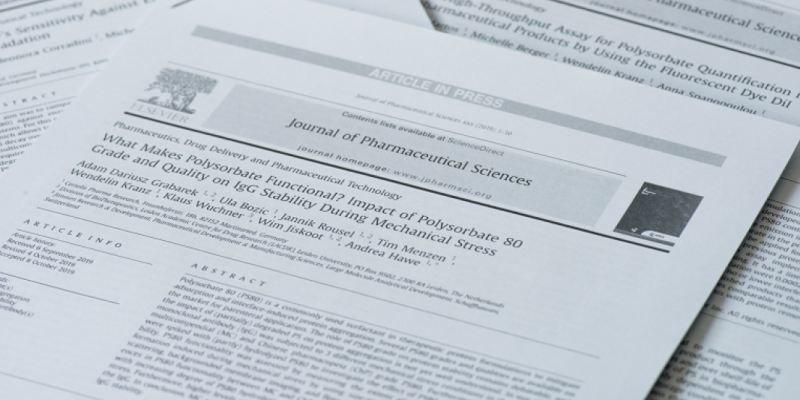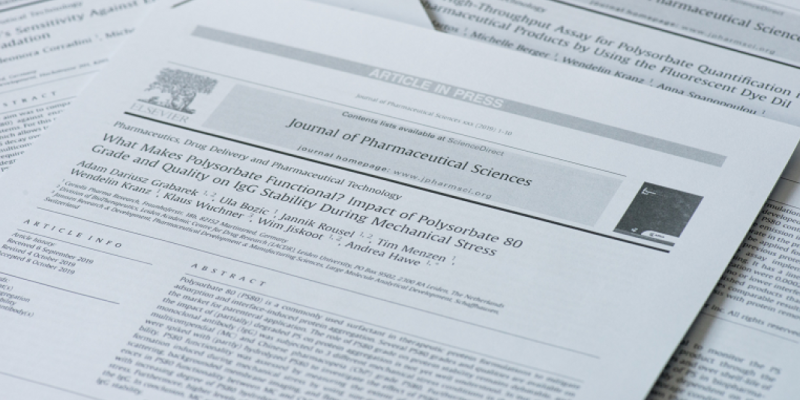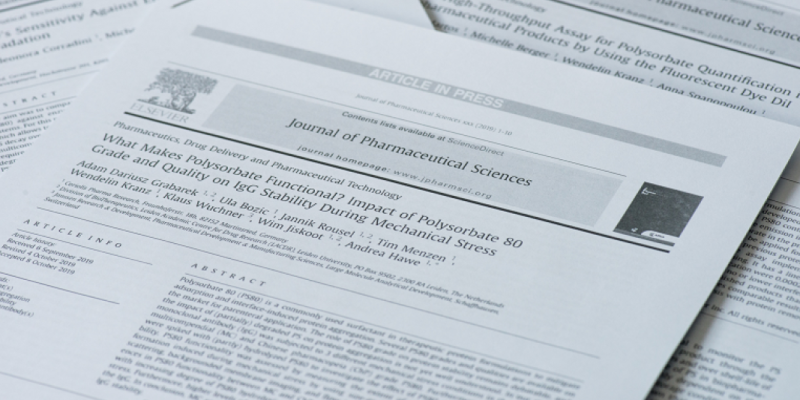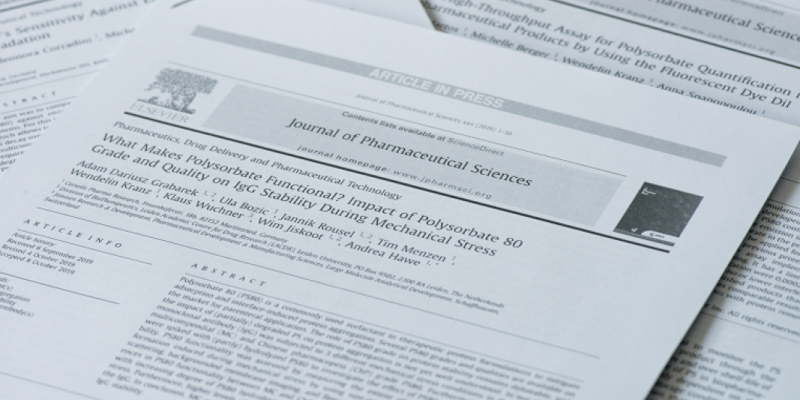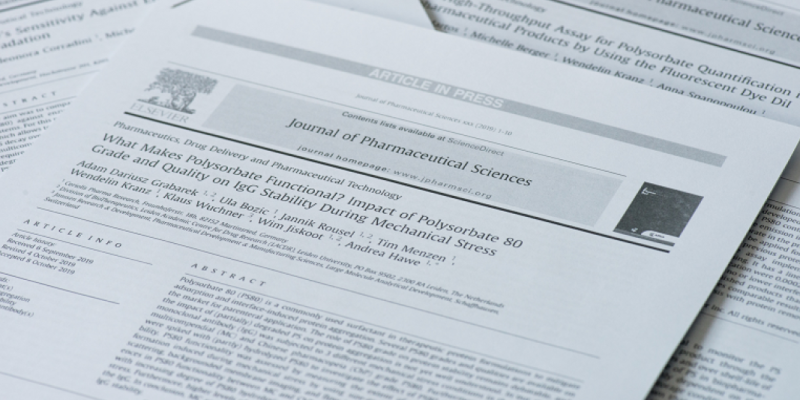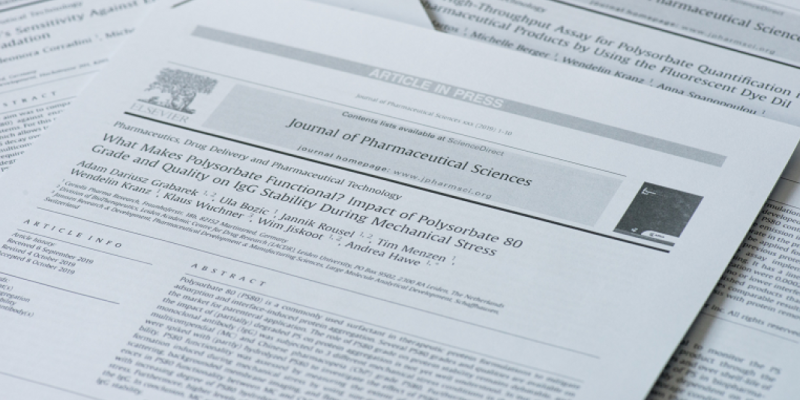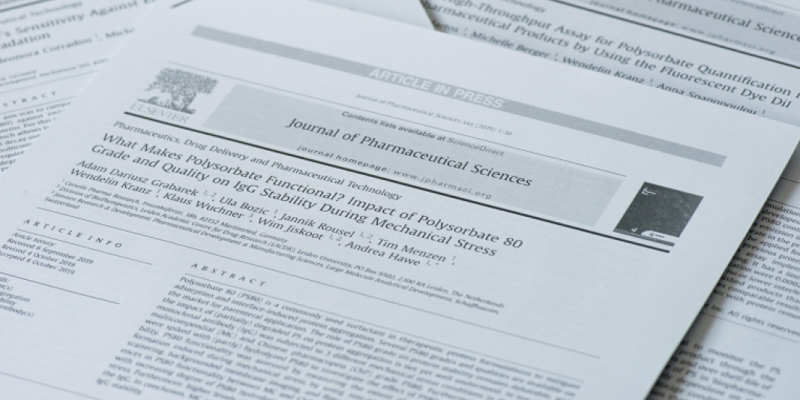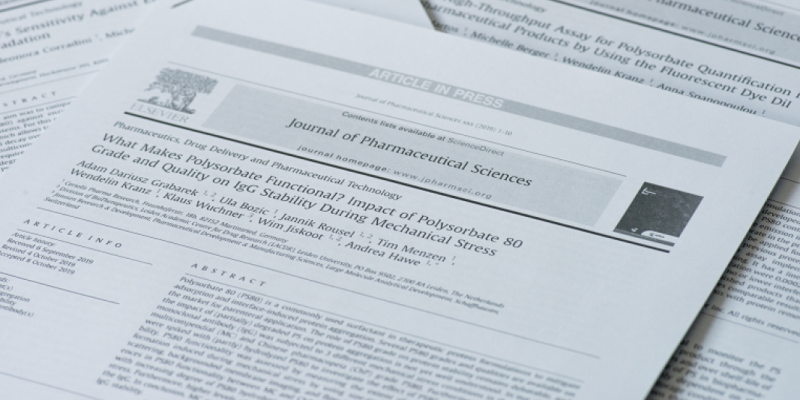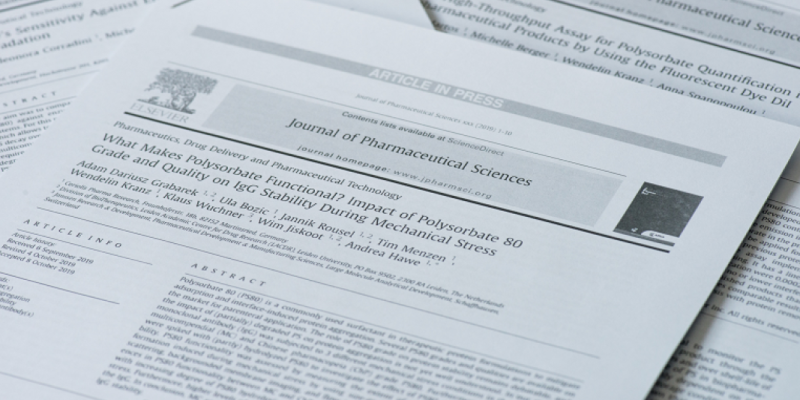Porosity and mechanically optimized PLGA based in situ hardening systems.
Eur J Pharm Biopharm. 2012 Nov
Goal of the present study was to develop and to characterize in situ-hardening, porous PLGA-based systems for their future application as bone grafting materials. Therefore, we investigated the precipitation behavior of formulations containing PLGA and a water-miscible solvent, DMSO, PEG 400, and NMP. To increase porosity, a pore forming agent (NaCMC) was added and to enhance mechanical properties of the system, an inorganic filler (α-TCP) was incorporated. The behavior upon contact with water and the influence of the prior addition of aqueous media on the morphology of the corresponding hardened implants were investigated. We proved cell-compatibility by live/dead assays for the hardened porous polymer/ceramic-composite scaffolds. The IsHS formulations can therefore be used to manufacture hardened scaffolds ex vivo by using molds with the desired shape and size. Cells were further successfully incorporated into the IsHS by precultivating the cells on the α-TCP-powder prior to their admixing to the formulation. However, cell viability could not be maintained due to toxicity of the tested solvents. But, the results demonstrate that in vivo cells should well penetrate, adhere, and proliferate in the hardened scaffolds. Consequently, we consider the in situ hardening system being an excellent candidate as a filling material for non-weight-bearing orthopedic indications, as the resulting properties of the hardened implant fulfill indication-specific needs like mechanical stability, elasticity, and porosity.
Eur J Pharm Biopharm. 2012 Nov
https://www.sciencedirect.com/science/article/abs/pii/S093964111200272X?via%3Di…


